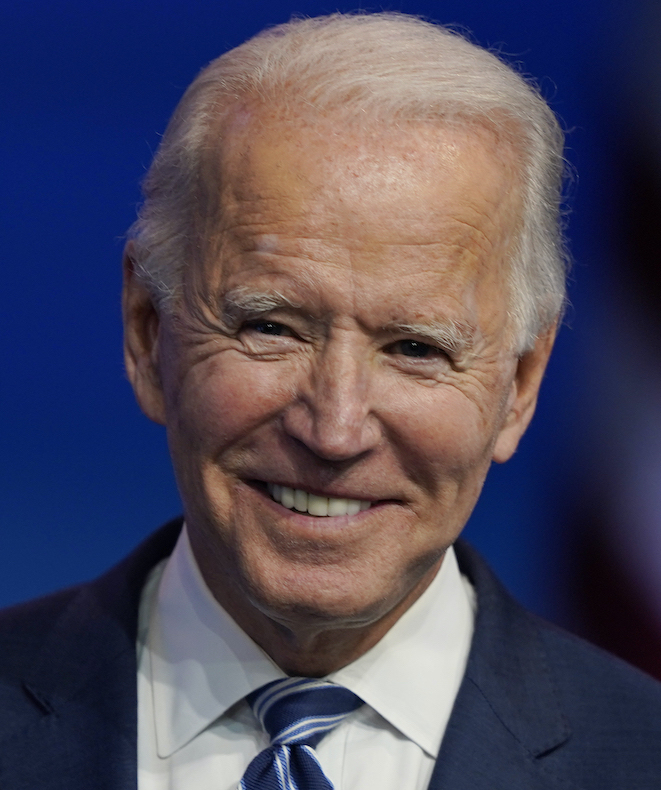Give disadvantaged communities 40% of spending benefits related to clean energy
Joe Biden
"Setting a goal that disadvantaged communities receive 40% of overall benefits of spending in the areas of clean energy and energy efficiency deployment; clean transit and transportation; affordable and sustainable housing; training and workforce development; remediation and reduction of legacy pollution; and development of critical clean water infrastructure."
Biden Promise Tracker

In the Works